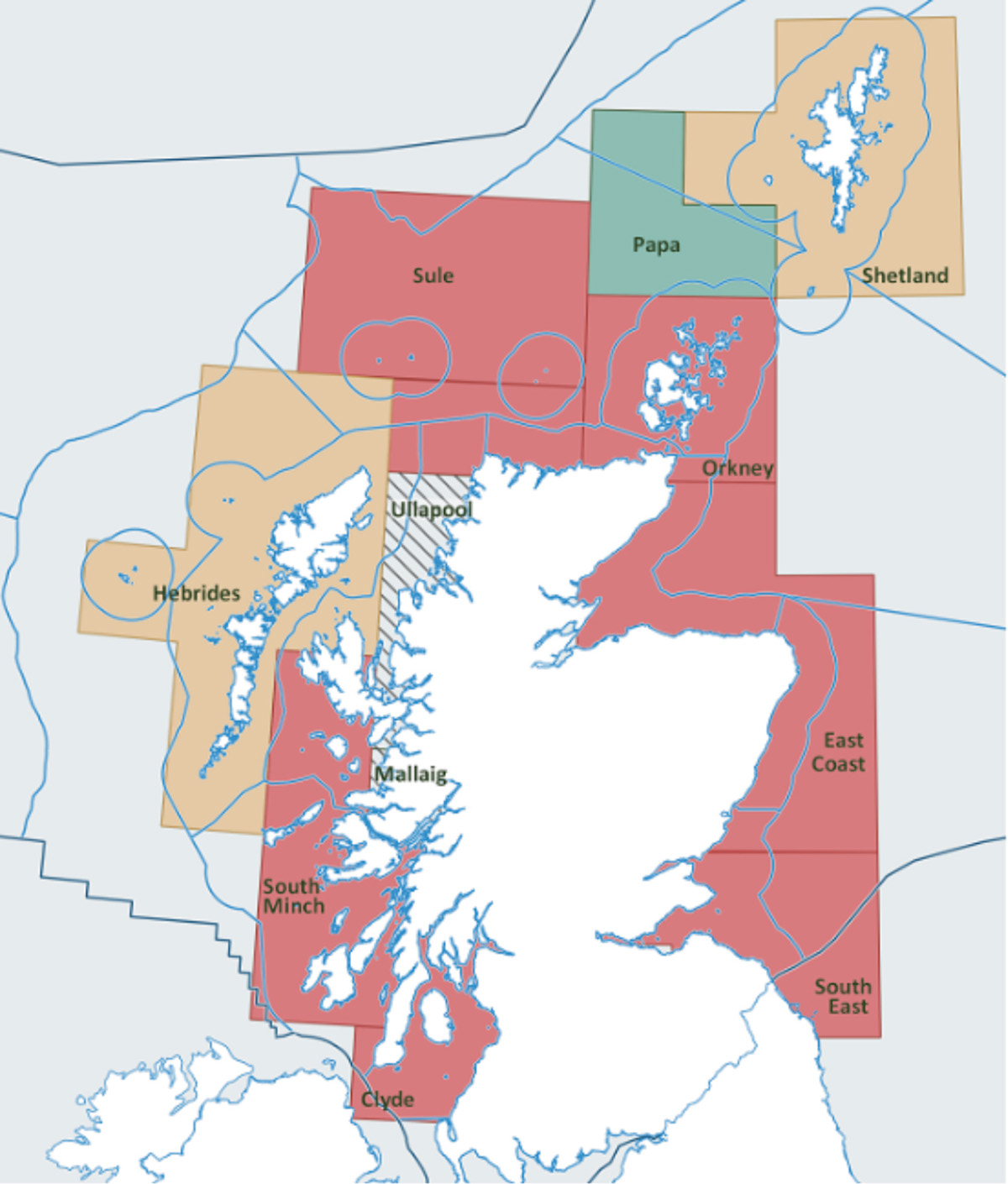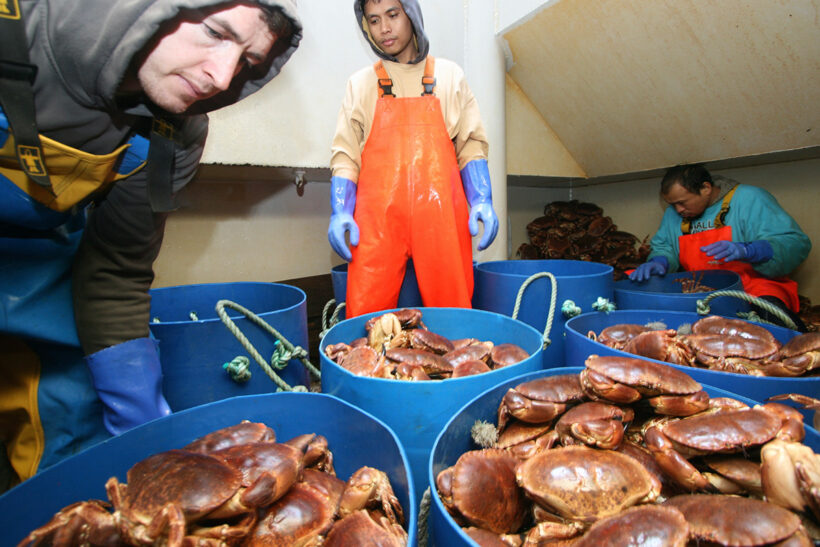A year after the Scottish Fisheries Management and Conservation (FMAC) Inshore Sub-group first met, the Marine Directorate is asking the inshore fishing industry to look at a range of potential effort management measures. These will be developed with them into proposals that will then be part of a formal consultation.
The request came at a meeting of the sub-group at the end of January. A number of representatives at the meeting, and ahead of it, had expressed their growing unease at the state of crab and lobster stocks in many parts of Scotland. The latest Marine Directorate assessment report shows that brown crab, velvets and lobster are all being exploited at or above maximum sustainable yield in most of the regions where they are assessed.
The meeting also touched on the planned roll-out of iVMS to the under-12m fleet – which was consulted on last year, but about which there has yet to be any announcement – REM, the development of Fisheries Management Plans and other issues impacting the management of Scotland’s inshore waters.
However, it was concern about crab and lobster stocks, and a growing consensus that something needs to be done, that drove the agenda, those attending said.
“This was by and large very constructive,” one attendee told FN. “There are clearly scars and bruises on both sides from the HPMA fiasco, but this was a very different approach, where the industry is being asked to go away and consider our preferred options, discuss them with members, and then come back to the table with our preferences or new suggestions.”
Fisheries managers, who provided a presentation to the meeting on their thoughts about the process, were quick to point out that nothing is ruled in, or ruled out, at this early stage. The Marine Directorate team did present a number of suggestions to the group, however, for consideration, including:
- Input controls on inshore vessels, including potential licence caps, days at sea or creel limits
- Output controls – in essence the introduction of some sort of quota or catch limit
- Technical measures including regulations on gear construction • Spatial management measures of some description.
These were summarised in a two-page document, seen by Fishing News, that was circulated to the 25 attendees at the meeting, who were representing a wide range of fishermen’s interests as well as environmental NGOs.
The Marine Directorate suggested that the concern expressed over the state of stocks was such that with longer-
term timescales needed for full regulatory assessments, initial measures could be introduced on a voluntary basis, possibly by the start of the summer. Other changes to rules, such as amended MLSs, or a ban on landing berried crab and lobster, could also be introduced relatively quickly if demand was there, and the request put to politicians.

The science is imprecise, and this map, looking at the exploitation rates of brown crab in Scottish waters, is now out of date – but most involved in the fisheries in the 13 different stock assessment areas for brown crab, velvets and lobster have admitted concerns about the state of stocks. (Graphic: Scottish government)
A spokesperson for the Marine Directorate subsequently wrote to members of the group saying: “A follow-up (in-person) FMAC Inshore Sub-group meeting focused on discussing, in detail, possible short-term interim crab and lobster measures for introduction from May 2024, will be held in early March.
“All members will be asked to set out at this meeting their considerations and proposals. In framing these discussions and evaluating potential options for the 2024 fishery, you may wish to consider key points including those that arose during our meeting on 29 January:
- Practical limitations of ensuring compliance with different approaches
- That we consider approaches to management that have worked elsewhere
- That the infrastructure may not yet be preset to get optimum benefit from some of these measures – for example, vessel tracking for inshore vessels.”
Speaking to FN after the meeting, Andrew Brown of Macduff Shellfish said: “Generally, I feel that Scottish inshore fisheries have been neglected in the past, hence I am very supportive of the announcement at the last FMAC meeting by the Marine Directorate to dedicate higher priority to inshore stocks.
“This is particularly the case with regard to brown crab, landings of which have been declining over the past five years, despite more gear in the water. The Scottish government wants to fast-track protection of the stock, which I think is very necessary. I also welcome the collaborative approach that the Marine Directorate proposes to take in developing the strategy and actions.
“I do remain concerned about certain policies proposed by the Scottish government – for example the proposal to consult on a freeze on fishing activity within 3nm of the coast. I hope the focus on co-management will help inshore fisheries stakeholders influence such policies.”
Jennifer Mouat, chair of the North and East Coast Regional Inshore Fisheries Group, said: “For me, what is important is that we use this time to listen to the fishers around the coast who have the experience and knowledge, and use that information to inform any next steps.
“I would encourage as many people as possible to speak to the RIFG network either at formal meetings or on an individual basis to bring forward their thoughts and ideas.”
Bally Philp of the Scottish Creel Fishermen’s Federation, who writes in detail about the proposals on page 12, was also largely supportive of the tone of the meeting, saying: “We really want to see improved creel management in Scotland’s inshore waters in particular. Current creeling effort is too much for the available grounds.”
By Andy Read, Editor, Fishing News
This story was taken from the latest issue of Fishing News. For more up-to-date and in-depth reports on the UK and Irish commercial fishing sector, subscribe to Fishing News here or buy the latest single issue for just £3.30 here.
Sign up to Fishing News’ FREE e-newsletter here. Main image credit: Colin Keldie






